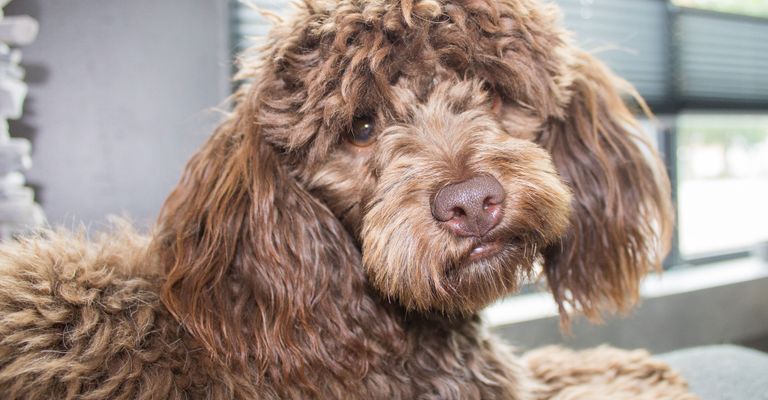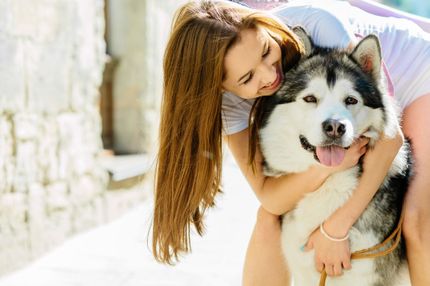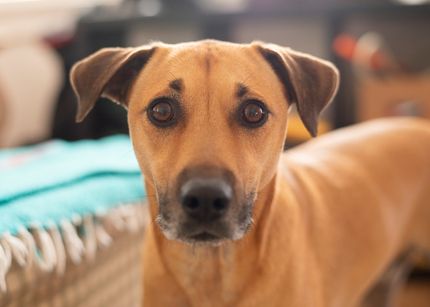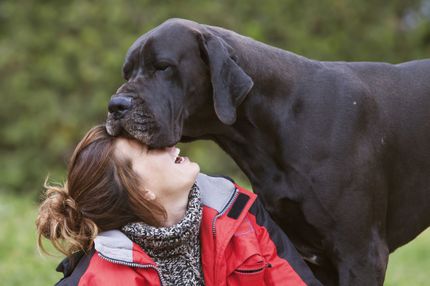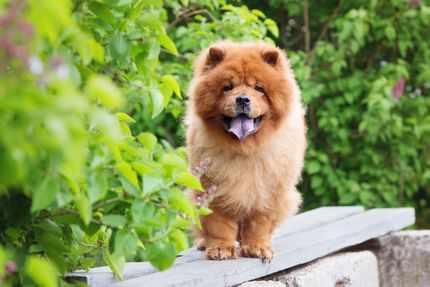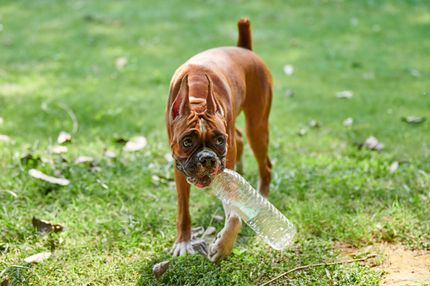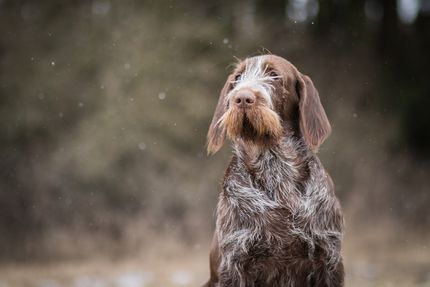Can dogs sweat? Answer and tips against overheating in dogs
The topic "sweating dog" is always an important issue for dog owners. Sweat has the task of cooling the organism at higher temperatures or physical stress, so that the body does not overheat. The release of body heat works differently in dogs than in humans.
How do dogs sweat?
Dogs only have a small number of sweat glands on the paw pads. This is also due to the smell on the paws, which is familiar to many dogs. The sweating in this area is however only small and not sufficient. Primarily, however, the canids achieve heat release by panting. In addition, the blood vessels are dilated, also called vasodilation, which turns the skin red. In this process, the heated blood reaches the surface of the skin to be cooled. Finally, it is pumped back to the heart. Probably vasodilation is the second most important way of heat dissipation in dogs after panting.
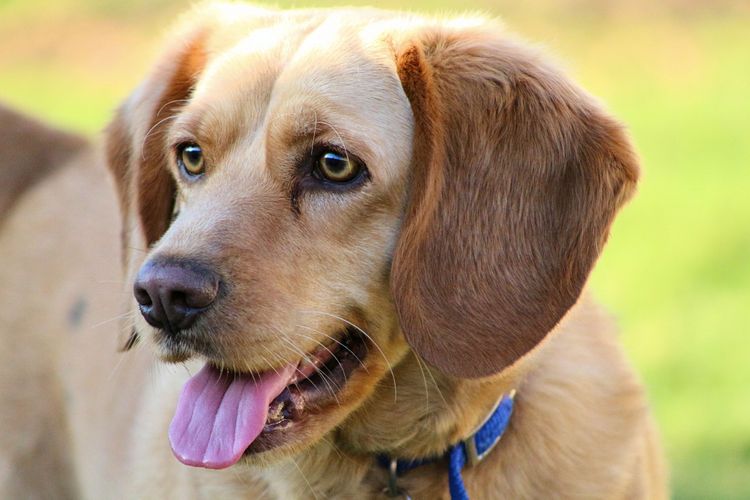
Overheating in dogs: symptoms
The symptoms of overheating in dogs can appear in several ways. If you are sporting with your four-legged friend or it is simply hot or muggy weather, the body temperature rises. The following changes are possible:
- Your dog is panting heavily.
- Your dog feels warm.
- The skin turns red. This especially affects the areas of the ears, lower abdomen, muzzle and gums.
- Viscous saliva flows from the mouth.
- In rare cases: a noticeable sweating of the paws.
Which dogs are particularly at risk?
Dogs can overheat quickly due to their reduced ability to sweat. There are some dogs in which the risk is excessively high:
- in sick or chronically ill dogs
- with a disease of the respiratory tract
- in old dogs.
There are dogs that sweat particularly quickly. These include dark-haired dogs, especially those with black fur. In overweight dogs, the extra insulation provided by the fat causes increased sweating. You should be especially careful if your dog has had heat stroke before. Canids with laryngeal paralysis or brachycephalic dogs, which usually have a short or round skull due to their breed, are also at risk. These include
- Pekinese
- Shih-Tzus
- Boxers
Cool dog
These tips can help prevent overheating in your dog:
- During the summer months, move exercise activities with your four-legged friend to the early morning or evening hours.
- Walks with heat-sensitive dogs should be postponed to these times of day.
- Ensure with strong sun exposure for sufficient shade.
- Give your four-legged friend enough water.
- Provides for cooling from the outside. The bath in a river or lake supports the heat regulation. Dogs that avoid water can be cooled down with a little water on their legs, chest, belly and head.
- Dogs that like to carry their toys around in their mouths can be assisted by having the toy attached to you. This will allow your dog to pant better and release body heat to the outside.
- Never leave your dog in the car in summer!
